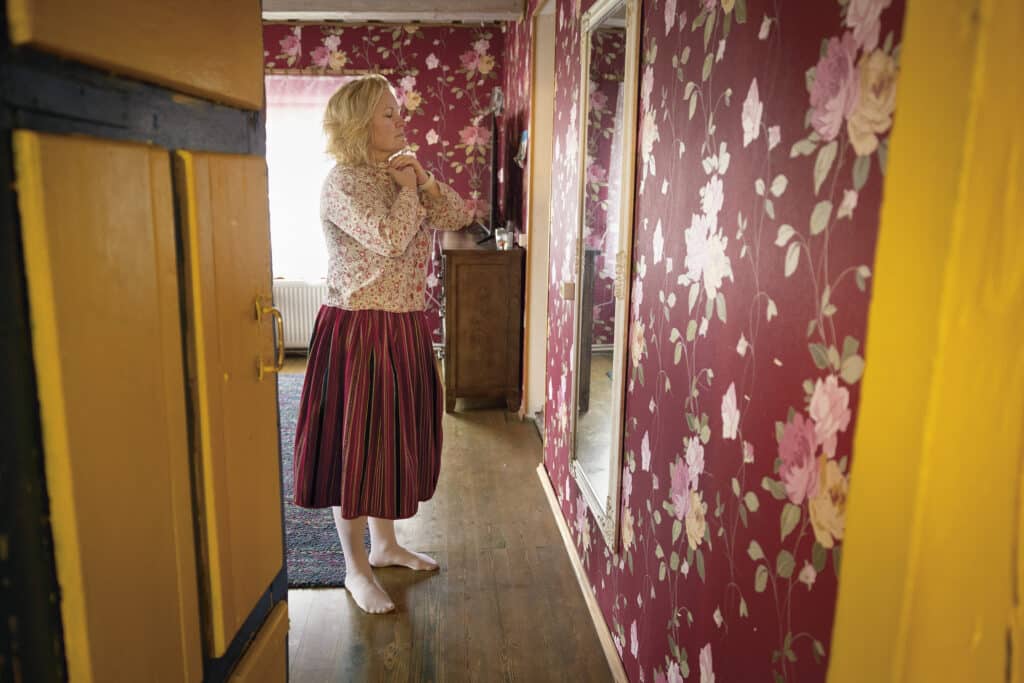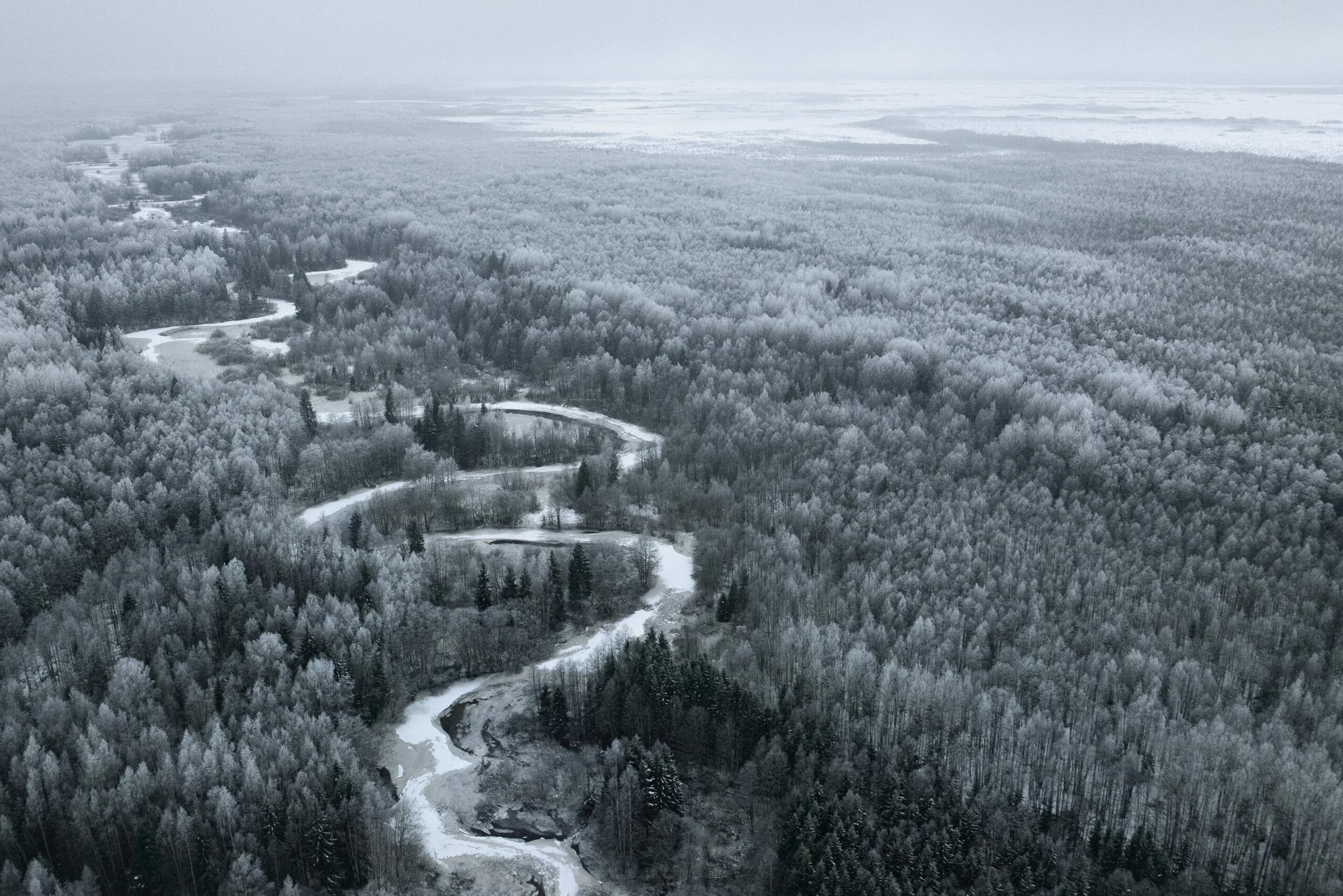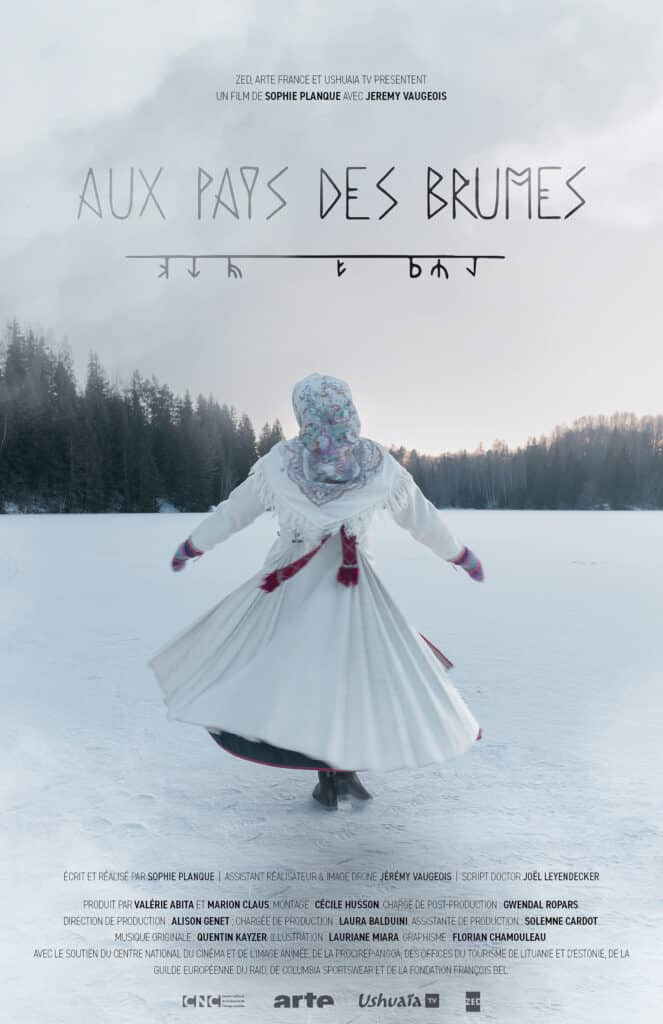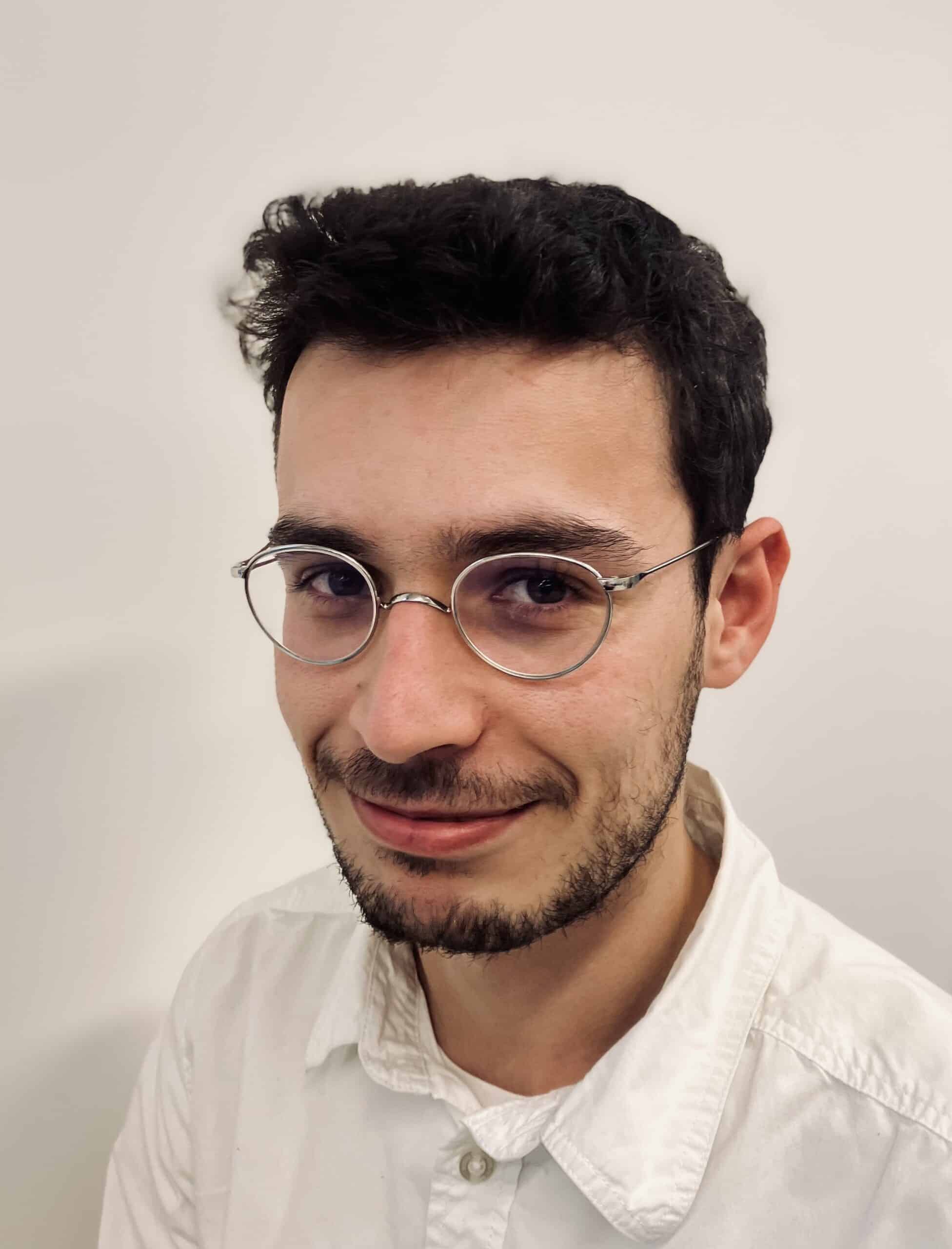“Do local indigenous populations still exist in Europe?”
Sophie Planque et Jérémy Vaugeois
This was the question Sophie Planque and Jérémy Vaugeois asked themselves at the end of a two-and-a-half year cycling trip across America, from northern Alaska to southern Patagonia. During their journey through the continent, the two explorers met up with some of the local indigenous populations, who are very close to nature.
Inuit, American Indian, Amazonian indigenous population: “When we talk about native communities, we generally think of America or Asia. Few people know that these communities exist in Europe”, explains photographer, film-maker and journalist Sophie Planque. Some may have heard of the Sami, the reindeer-herding community of Lapland, but the indigenous Baltic people remain a mystery to many.
European Cultural Legacy
The least region in Europe to be Christianised, between the 12th and 15th centuries depending on the source, the Baltic countries have preserved their culture of yesteryear. According to Jérémy Vaugeois, a French adventurer, photographer and droner, “legends have been perpetuated”, mainly orally. However, under the USSR, this culture was muzzled, stifled and hidden. It had no place in the Baltic States. The fall of the Soviet Union brought a resurgence of interest and a renaissance of this culture.
“Spirituality is very much a part of their culture. They have an animist approach to the world”, explain the two adventurers. The living (humans, animals, plants, mushrooms, etc.) and the non-living (objects, stones, water, etc.) are placed on an equal level. The result is a particular vision of the world and how we use it.
This indigenous European culture encourages us to look at nature with our minds, to see it as having a spirit, and not simply as a resource. The Earth and its elements are “beings in their own right”. The result is a life in harmony with the seasons, where people celebrate the solstices and equinoxes more than elsewhere in Europe.
“They don’t go to church. Not all of them,” explains the explorer. “They don’t need to, as nature is already a sacred place.” To meditate, a tree or a rock – sacred! – is enough. “They make offerings there. Like money: they come with jewellery that they scrape off with a knife to leave shavings of pure silver on the sacred site.”
Considering themselves to be “the religion of the origins”, the Baltic countries “affirm, in part, their indigenous culture”, explains Jérémy Vaugeois. “They have divinised fire. There is a sacred fire, the location of which is secret, that never goes out. And the people have been maintaining it for nearly 33 years!”


A bike for intimacy
“It’s a return to basics, a quest for simplicity”
Sophie Planque et Jérémy Vaugeois
Sophie Planque and Jérémy Vaugeois were the first to photograph sacred fire. To have filmed it. Because they made the journey by bike, and took the time to do so, in the cold and snow of Basque winters. A month and a half and two thousand kilometres later, they were standing there. Like a reward.
“In the evening, after a long day’s cycling, we needed to keep warm in the harsh winter. We started fires,” explains Jérémy Vaugeois. And “it was complicated”. The duo got into the habit of collecting dry wood during the day, in preparation for the evening. They learned how to light a fire efficiently in any weather, wind or rain. “We developed this relationship with fire along the way, without meaning to. Because we chose to cycle. We too have divinised it.”
“It’s a return to basics, a quest for simplicity,” explains Sophie Planque. That’s what the emptiness of cycling allows. The duo explain that it has allowed them to take their time: to live, to make plans, to enjoy. To “feel alive”, quite simply, they exclaim. It’s also more coherent with their project.
“It’s also opened doors for us,” explains the duo. “People are more likely to welcome us into their homes: ‘Oh, you must have worked so hard! Why don’t you come and warm up and have a cup of coffee?” It is this intimacy, facilitated by cycling, that enabled them to understand and experience the indigenous culture of the region.
The two adventurers hope that this indigenous culture will inspire our relationship with life and the Earth, and the way in which modern Western society interacts with it. But there’s no question of talking about ecology: “Not talking about it is the best way to be ecological”, smiles Jérémy Vaugeois. This culture, which is once again asserting itself, retains “the best of yesterday with a vision of tomorrow”, exploring its “duality between modernity and heritage”, explains the photographer. “They are asking themselves the question”, and according to the duo, that’s a good thing.
Aux Pays des Brumes will be published by Hemeria in February 2024. Co-produced with Zed, Arte France and Ushuaia TV, the film will be available on Arte.fr on February 1, 2024.




